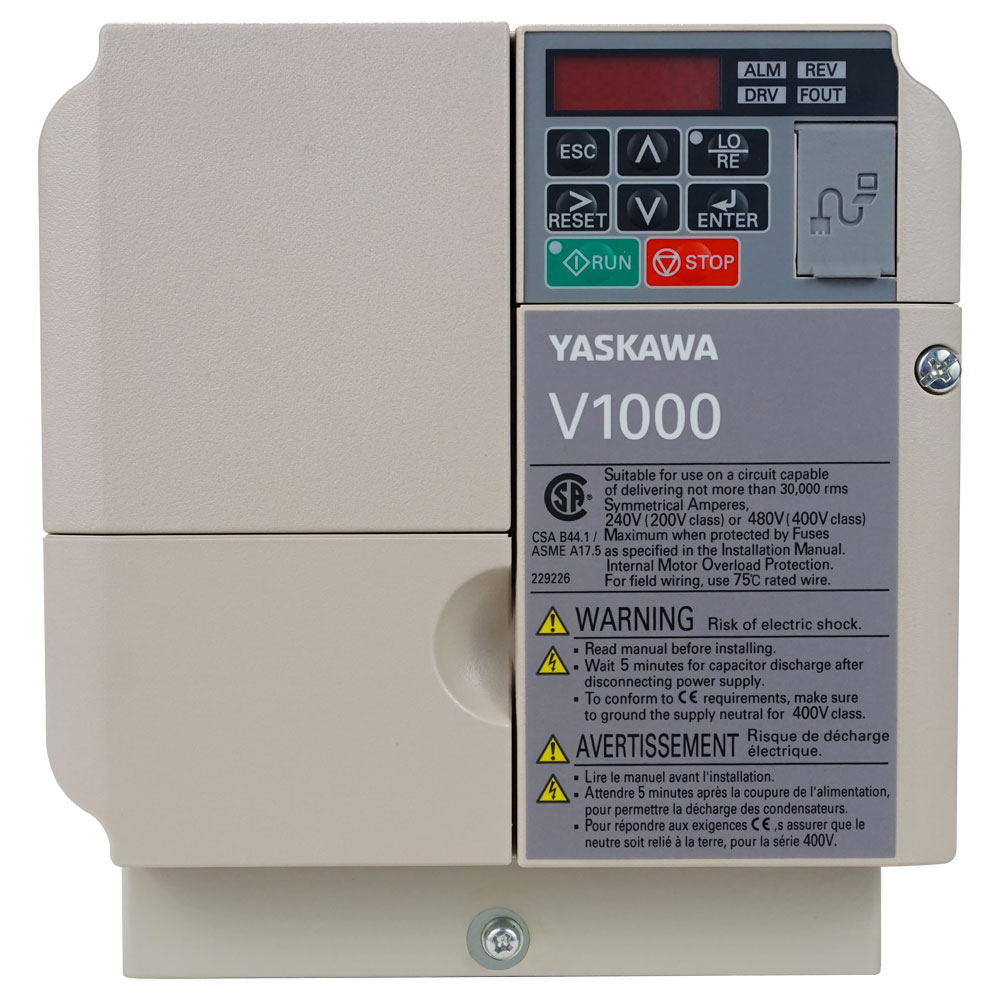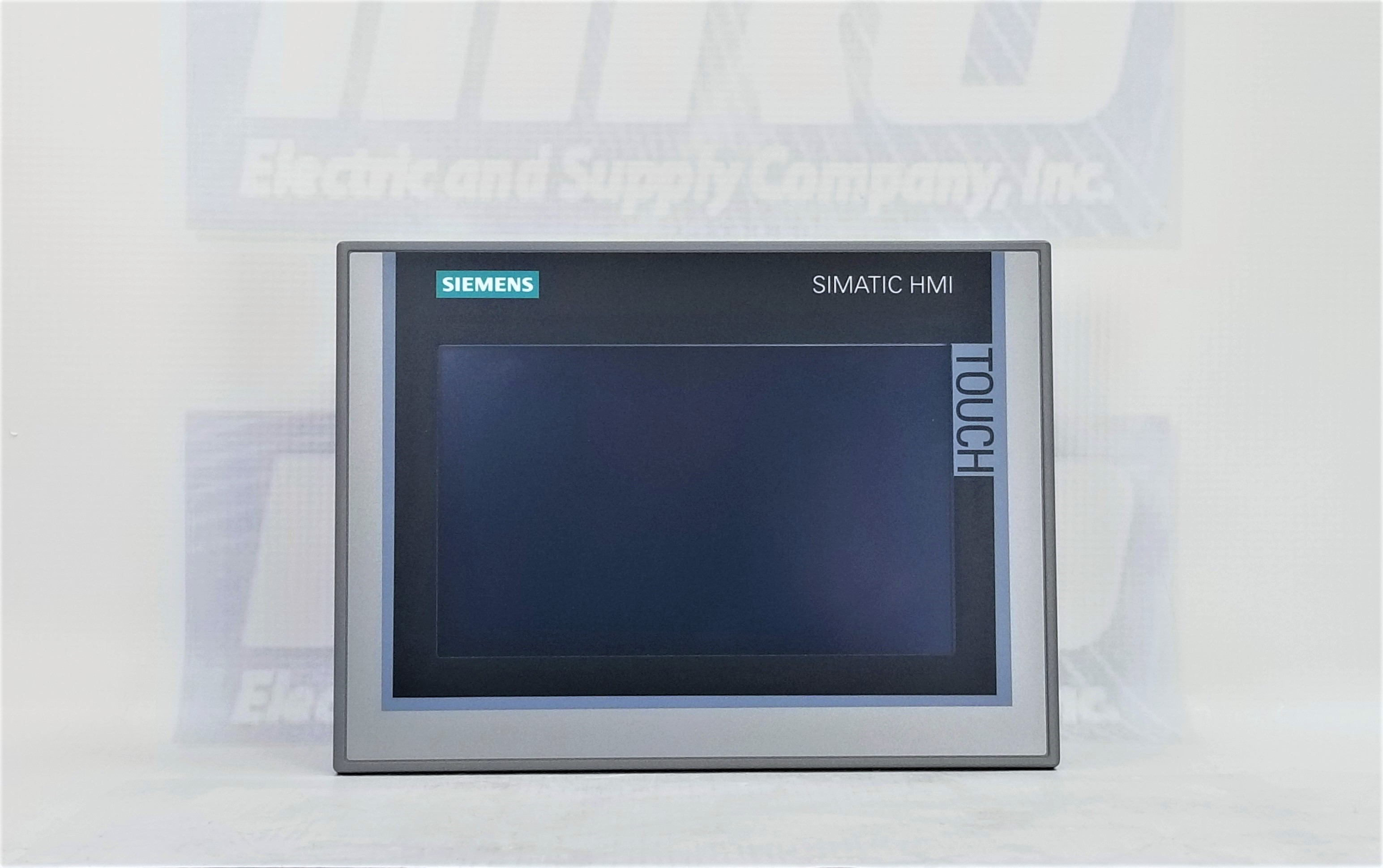In industrial automation, sensors are the foundational sense organs. They provide the critical data on temperature, pressure, position, level, and flow that control systems rely on to make decisions. When selecting a sensor, one of the most fundamental choices an engineer faces is between analog and digital technology. This isn’t just a technical nuance; it’s a decision that impacts system cost, complexity, performance, and future scalability.
Understanding the core differences, advantages, and disadvantages of each is key to designing an efficient and robust automation system.
Read more: Analog vs. Digital Sensors: Which Type is Right for You?
Digital vs Analog: What’s the Difference?
To even begin figuring out which type of sensor fits your needs best, it’s important to know fundamentally what each type of sensors are and how they differentiate from one another. Understanding and differentiating the differences in critical to an engineer because it affects factors like performance, overall cost, and longevity.
The main difference between both types of sensors is how they communicate the data they measure.
Analog sensors produce a continuous signal that directly represents the physical parameter being measured. This signal is typically a voltage (e.g., 0-10V) or a current (e.g., 4-20 mA, the industry standard for its noise immunity). As the physical property changes, the output signal changes proportionally and smoothly.
In contrast, digital sensors output discrete, binary values (a series of 1s and 0s). The measurement is converted into a digital number within the sensor itself. Communication doesn’t happen with a varying voltage level, but through a specific protocol or network.
Weighing the Options
When looking at options, it’s important to weigh the pro’s and cons of both Analog vs Digital to figure out which one fits your needs the best. Some examples of advantages and disadvantages are listed below.
Analogue
Pros
The biggest advantage that Analogue sensors have are that they are more simple in their design which translates to being cheaper on the front end. Another advantage is that in general there’s a wider range of compatibility as most PLC’s have an analog input built into them. Finally, because they have a continuous representation of measured value, they have a near infinite resolution for higher definition.
Cons
Of course there is a downside to using analogue sensors. The biggest disadvantage they have is that they are very limited in what only being able to transfer their primary data. The user wouldn’t be able to retrieve other data such as “sensor status” or “model number”. This goes into another big disadvantage that analogue sensors have. Outside of basic fault codes, analogue sensors can’t give an accurate diagnostic to the user. This means that operations have to be halted while they troubleshoot the fault code.
Digital
Pros
The biggest strength for digital sensors are their ability to quickly and accurately diagnose and problems within systems. Digital sensors can dynamically track the state of an operation and send reports to the operator in real time. This means that down time is significantly lessened resulting in more money saved in the long run. The abundance of information from digital is the other big advantage, not only are all sorts of data available the operator, but the data can also be scaled and adjusted as well. The operator can easily set ranges and parameters for the sensors to operate all from one location.
Cons
One of the biggest downsides for digital sensors is their complexity. Installing digital sensors requires a comprehensible knowledge of industrial networks and communication protocols. If the acronyms MQTT, TCP/IP, and HTTP sound foreign to you, then you understand the specialization needed to be able operate equipment using these sorts of communication protocols. While we’re on the topic of communication, digital sensors takes a system from being just a bunch of gears and metal, to being a sophisticated operation. With the modern advancement of connectivity, systems can internally and externally communicate via networks or the internet. While this is a valuable asset in regards to speed and efficiency, it creates a big risk when it comes to security.
Of course we can’t talk about a complex system without talking about another key feature that often comes with complexity. Cost. Things that are complex and require specialized skills sets will always be more expensive on the front end.
Choosing the Right Sensor
So now that we’ve gone over the pros and cons of each type of sensor, we can discuss which ones is right for what job. When trying to choose the right sensor it’s best to ask yourself a variety of questions.
Is your setup a simple vs complex? Is cost the biggest driver? Are you going completely new or upgrading/expanding existing infrastructure? How important is scalability for future development? Is noise a big deal? How detailed and accurate does your system need to be?
These are all valid questions that play a pivotal part in the deciding what type of sensor system you ultimately go with.
Conclusion
The evolution from analog to digital in industrial sensors mirrors the broader shift in technology. While analog sensors remain a reliable and cost-effective solution for straightforward applications, digital sensors are unequivocally the future. They offer the intelligence, resilience, and data richness required for modern, connected, and efficient industrial operations.
When making your selection, look beyond the initial purchase price. Consider the total cost of ownership, including installation, troubleshooting, downtime, and the immense value of the data that a digital sensor can provide. For any new installation where reliability, diagnostics, and data are priorities, the digital path is the clear and recommended choice.
Looking for a Sensor?
Let our team of experts get you connected with a sensor setup that will fit your needs perfectly.




.jpg)




